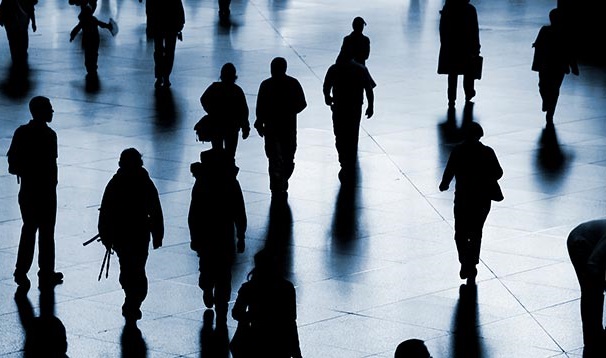Victims of human trafficking on rise
Published : 15 Feb 2024, 01:33
A total of 510 new referrals were made to the National Assistance System for Victims of Human Trafficking, which is a bit higher than the previous year, said the Finnish Immigration Service (Migri) in a press release on Wednesday.
A total of 326 new human trafficking victims were admitted to the assistance system, of which more than half were women and girls.
The majority (64%) of all exploitation cases happened in Finland. Forced labour was the most common form of human trafficking and the victims were people from 35 nationalities.
The fields of forced labour included picking wild produce (32%), berry farms (24%), restaurants (13%), cleaning (11%), well-being (4%) and greenhouses (4%).
Work-related exploitation violates Finnish labour laws and other national laws, such as criminal law. Additionally, labour exploitation always involves financial crime.
"When exploiting employees, the objective is always to gain financial benefit. It distorts competition by giving unwarranted advantage to those companies who exploit people in a vulnerable position. Combatting labour exploitation has a significant meaning for our society and economy. The National Assistance System advances crime prevention and helps the victims of the crimes", said Katri Lyijynen, Assistant Director of the National Assistance System of Victims of Human Trafficking.
Forced labour victims don't have any usual rights to decline given tasks, and the victim is in a vulnerable position.
"There may be a debt relationship between the employer and employee, threats of violence, deportation or denunciation to the authorities. Also, the victim's personal freedom may be restricted. Often, they have been misled in terms of the work conditions", said Lyijynen.
"The salary is often not appropriate or correctly paid," Lyijynen added.
In the end of the year 2023, there were a total of 1,563 clients in the NAS, of which 1,287 were identified victims, and 276 their underaged children.
Amongst all victims, there were 19 children. Approximately 60% of all victims were women. Of all NAS clients, almost half (48%) were forced labour victims, 26% were sexual exploitation victims and 20% were victims of forced marriage. Other exploitation forms were identified less than these.


